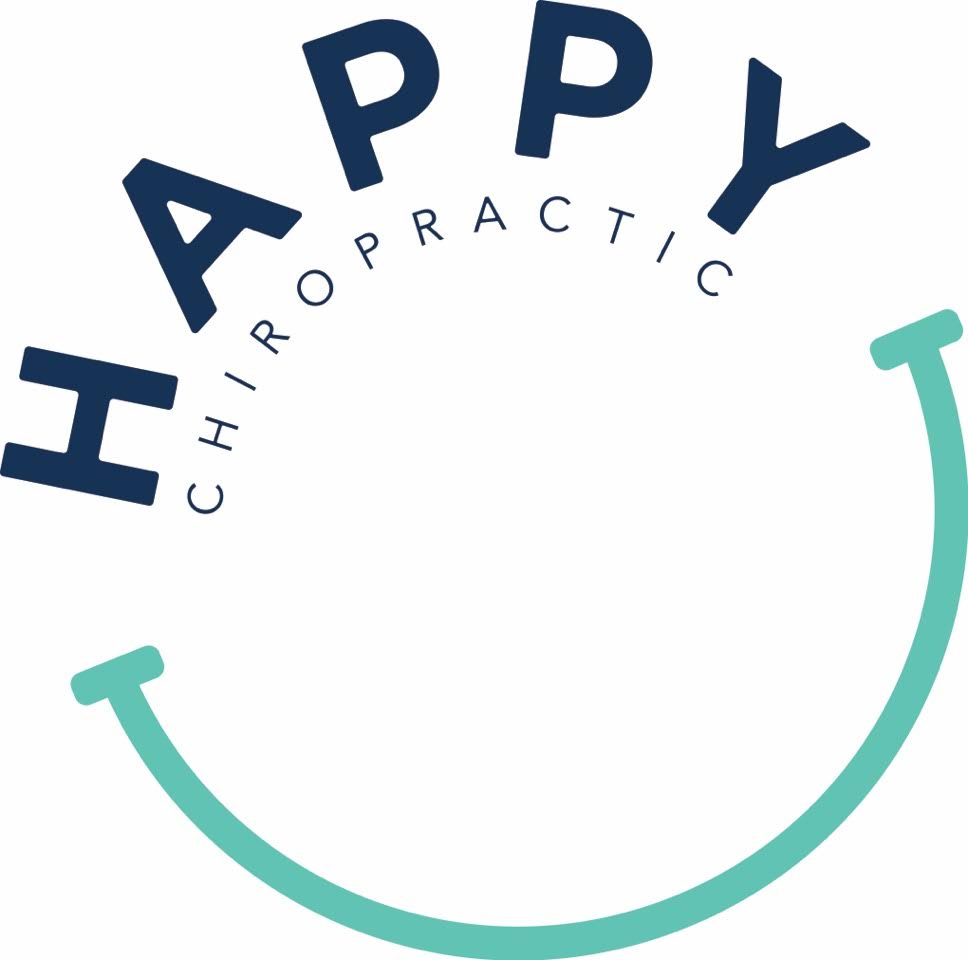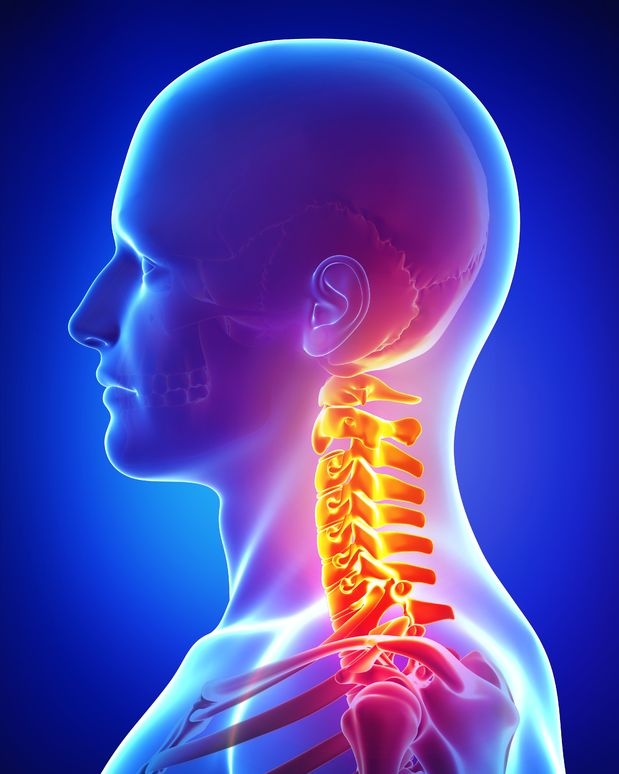
17 May Smart Shoulders
Our shoulder joints have the greatest range of motion of any of the musculoskeletal joints in our bodies. The shoulder joint is really two joints, the glenohumeral joint between the arm bone (humerus) and the shoulder blade (scapula) and the acromioclavicular joint between the acromion (a bony projection off the scapula) and the collarbone (clavicle). The glenohumeral joint is a ball-and-socket joint and the acromioclavicular joint is a gliding joint.
Acting together, these joints enable the shoulder to achieve a full 360º of motion in both the frontal (side to side) and sagittal (front and back) three-dimensional planes. The important caveat is that this extensive freedom of motion comes with a price: the shoulder not only has the most mobility, but is also the most unstable joint in the body.
The glenohumeral joint may be easily dislocated, most typically by a fall on an outstretched arm. The ligaments of the acromioclavicular joint are easily sprained and the joint itself is easily dislocated. Acromioclavicular joint injuries may be described as “AC separations”. Overall, injuries to the shoulder joint are common, most frequently experienced by people participating in exercise activities and sports and by older people as a result of a fall. People that suffer a dislocated shoulder may need to undergo shoulder dislocation surgery where most likely the labrum of the glenoid would be repaired. .
The shoulder joint has built-in protection in the form of the four muscles comprising the rotator cuff, the supraspinatus, infraspinatus, teres minor, and subscapularis.1 The rotator cuff muscles participate in all shoulder joint and upper arm motions and provide stabilization to the shoulder as the joint moves through three-dimensional space. But the rotator cuff muscle group is itself subject to injury (muscle tears) and degeneration as a person ages of the tendons that attach the muscles to the shoulder and arm bones.
Thus, the shoulder joint needs additional protections to maintain its structural integrity and mechanical performance.
In days gone by, people did demanding physical work every day, automatically providing training and resilience to the anatomical components of the shoulder. But in the 21st century, with the decline of the farming and manufacturing sectors and the rise of the service economy, most people no longer engage in actual physical work. As a result, most of us require regular vigorous exercise to maintain physical fitness and good health. With specific respect to the shoulder, upper body strength training exercises will help provide the necessary activity and mobility to ensure ongoing functionality of our shoulder joints. 2,3
As well, obtaining regular chiropractic care helps ensure that our spines are working properly, providing effective mechanical support to our shoulder joints, and that our nerve systems are working at high levels to coordinate all the physiological activities necessary to our long-term health and well-being.
- Sangwan S, et al: Stabilizing characteristics of rotator cuff muscles: a systematic review. Disabil Rehabil 37(12):1033-1043, 2015
- Heron SR, et al: Comparison of three types of exercise in the treatment of rotator cuff tendinopathy/shoulder impingement syndrome: A randomized controlled trial. Physiotherapy 103(2):167-173, 2017
- Abdulla SY, et al: Is exercise effective for the management of subacromial impingement syndrome and other soft tissue injuries of the shoulder? A systematic review by the Ontario Protocol for Traffic Injury Management (OPTIMa) Collaboration. Man Ther 20(5):646-656, 2015






Sorry, the comment form is closed at this time.